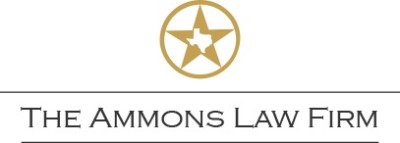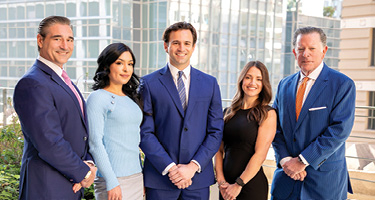Blind spot truck accidents occur when a passenger vehicle or pedestrian enters a “no-zone,” the area around a large truck where the driver cannot see them. Because tractor-trailers can weigh up to 40 tons, even a brief lapse in awareness may cause devastating consequences.
Data from the Insurance Institute for Highway Safety confirms that one in ten highway fatalities involves a large truck (IIHS Fatality Statistics). These cases highlight the need for strong legal representation and timely evidence collection.
Understanding the No-Zones Around Trucks
Large commercial vehicles have blind spots at the front of the cab, up to 200 feet behind the trailer, along the driver’s side, and across two lanes on the passenger side. When a car or cyclist enters these zones, the truck operator may be completely unaware of their presence.
These visibility gaps make collisions far more likely, particularly during lane changes, merges, and wide turns. Victims navigating the aftermath of such incidents may benefit from guidance provided by personal injury attorneys.
How Collisions in Blind Spots Develop
Blind spot accidents often occur when a truck attempts to merge into a lane already occupied by a vehicle. Rear-end crashes also arise when a car follows too closely behind a trailer, disappearing into the rear no-zone. Right-turn collisions are another danger, with pedestrians or cyclists caught in the arc of a wide turn.
Because of their complexity, these cases frequently require evaluation by a truck accident attorney who can review evidence and determine responsibility.
The Human Toll of Blind Spot Crashes
When a truck collides with a smaller vehicle, the outcome is often catastrophic. Injuries may include traumatic brain injuries, spinal cord trauma, or severe orthopedic damage. In tragic circumstances, families may pursue claims with the assistance of a wrongful death attorney to address funeral costs and the loss of financial and emotional support.
The recovery process is rarely simple, underscoring the need for skilled injury attorneys who understand both the legal and practical dimensions of these claims.
Determining Liability in Blind Spot Truck Accidents
Responsibility for blind spot crashes may extend beyond the individual driver. Trucking companies can face liability when training is inadequate or safety equipment is poorly maintained. Manufacturers of defective mirrors or blind spot detection technology may also be implicated, as can cargo loaders if improperly secured freight forces a sudden maneuver.
These issues are best examined with the assistance of an experienced truck accident attorney who can identify all potentially responsible parties.
Evidence Collection and Case Evaluation
Evidence in blind spot cases often includes black box data, driver logs, dashcam footage, and maintenance records. Because trucking companies retain such materials only briefly, early action is essential. A personal injury attorney can ensure these records are preserved and analyzed by experts.
Without prompt collection, critical data may be lost, limiting the ability to demonstrate negligence and secure recovery.
Moving Forward After a Blind Spot Collision
Blind spot truck accidents leave survivors facing long-term challenges, from medical expenses to loss of income. These claims demand rigorous investigation and careful case strategy. A truck accident attorney can coordinate the legal process, evaluate damages, and pursue accountability.
When fatalities occur, a wrongful death attorney may guide families through the legal avenues available to them. In both scenarios, consulting with personal injury attorneys offers a path to understanding options under the law.
This content is for informational purposes only and does not constitute legal advice. No attorney-client relationship is formed by reading this article. Laws may vary by jurisdiction. Please consult a qualified attorney licensed in your state for legal guidance specific to your situation.















